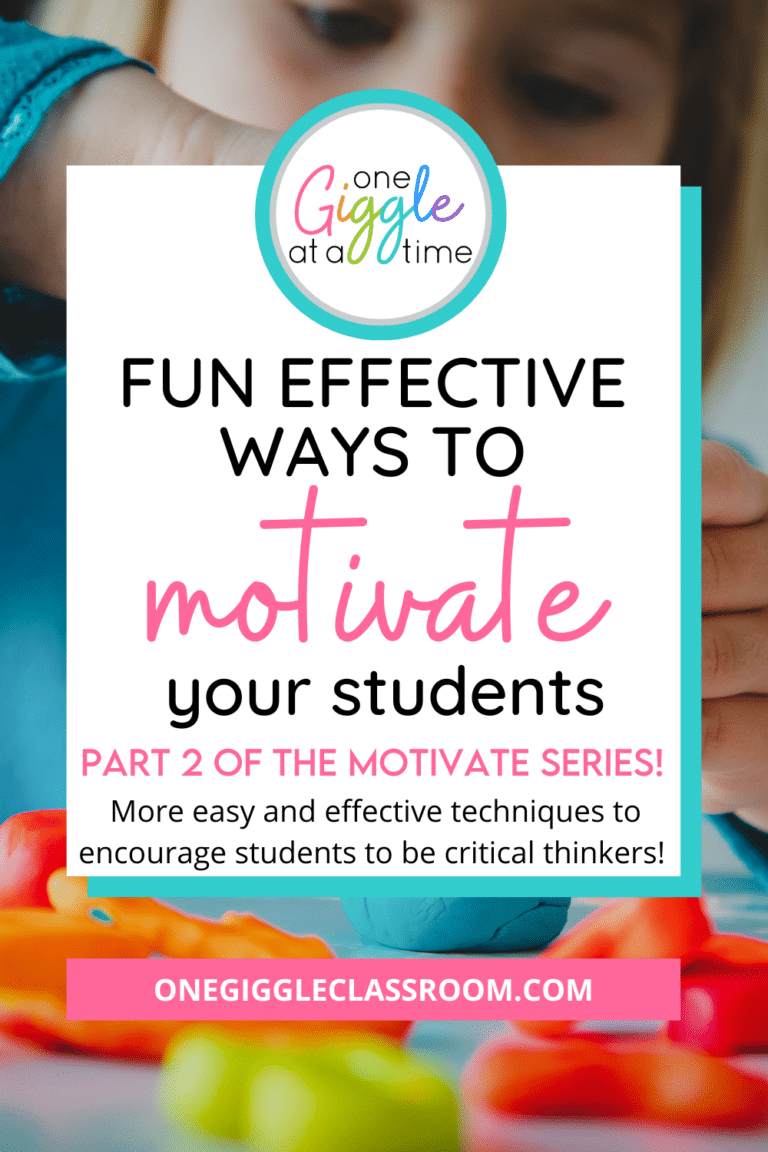
The POWER of Teaching Active Listening Skills to Elementary Students
Share This:

Building a strong foundation for academic and lifelong success is extremely important in the early elementary years. Active listening skills are a huge part of this success for students! Teaching active listening skills helps them learn how to become self-aware, engage in conversations, and show others they are listening.
*This post contains some affiliate links. As an Amazon Associate, I earn from qualifying purchases.
What are Active Listening Skills?

Active listening is more than just hearing someone’s words. It’s about being fully engaged with the speaker by understanding their message and responding thoughtfully.
It’s a dynamic process, and focus and intention are needed. Active listening skills show others that you care!
What Does Active Listening Look Like?
In the classroom, active listening skills include students paying attention, making eye contact, and providing verbal feedback.

A helpful way to teach students what this means is:
- Brain is thinking
- Eyes are watching
- Ears are listening
- Hands are quiet
- Feet are quiet
- Mouth is quiet
- You are participating
Subtle body language like nodding or smiling while maintaining focus on the speaker shows that you are present and interested. Asking questions or giving comments also lets others know you are processing what they say.
Students are more likely to develop deeper relationships with peers when others recognize they are invested in their words.

Active Listening and Neurodivergent Learners
It’s important to recognize that active listening can look different for neurodivergent learners.
As the teacher, you should avoid traditional expectations like “feet still” and “hands still”. Neurodivergent students may feel the need to fidget or move to process information effectively.
You can support neurodivergent learners by:
- Encouraging “quiet” movement to minimize distractions for other students
- Offering tools like wobble cushions, a bouncy band, or handheld fidgets
- Giving reminders as needed
Despite these differences, it is important to teach all students to be respectful of their peers.
But Why Are Active Listening Skills Important?
Essentially, active listening is the cornerstone of effective communication and academic success!
Academic Benefits
Active listening has so many academic benefits for students within the classroom!
It helps students:
- Understand instructions more clearly
- Build relationships with peers and teachers
- Absorb and retain information more easily
- Develop critical thinking skills
- Avoid conflicts and misunderstandings
When students can do all of these things more easily, their self-confidence rises. Confident students are eager to participate in learning and work towards achieving personal academic success!
Benefits Beyond School
Active listening skills carry with students beyond the classroom setting too.
Students show:
- Increased empathy
- Peer relationships
- Improved job performance later in life
Students who learn and practice active listening skills in school are better prepared for life after school years.
Teaching Active Listening Skills to Students
Teaching active listening skills doesn’t have to be hard. Teach your students what is expected, model these skills, and use done-for-you resources to reinforce learning.
Model It!
Demonstrate appropriate active listening skills as your students and other teachers communicate with you.
Provide opportunities for reflection. Ask students to evaluate how you have been doing when they speak to you and encourage students to personally reflect on their application of these skills too.
Use Done-for-You Resources
Social skills stories and related activities are helpful in making sure students understand what is expected of them and how to apply these skills.
This Active Listening Social Skills Set is designed with kid-friendly language and easy-to-implement activities and resources such as:
- Discussion cards
- Positive student notes
- Comprehension check page
- Classroom posters
- Student reference cards
- Assessment and activity pages
- Answer keys
Use these activities for individual instruction, small groups, or whole class learning!
Include relevant visuals in your classroom decor as daily reminders for students to engage in expected behaviors too.
You can also find this Active Listening Social Skills Set in the Social Stories Classroom Rules & Expectations Bundle!
Social skills stories and fun activities promote positive choices and facilitate productive conversations. All of this leads to easier classroom management for you and a better classroom community for all!
Don’t doubt your abilities to teach your students important active listening skills this year! Possessing these skills will help them achieve success in your classroom and for the rest of their lives. How lucky your students are to have such an amazing teacher like you!
Let me know if you have any questions about anything you see here. Don’t forget to pin this post to refer to it later!

Other posts you may enjoy:
Separation Anxiety in Children: 8 PROVEN Strategies for Smooth Transitions
The Importance of Using Emotional Regulation Strategies in the Classroom
11 ENGAGING Ways to Teach Social-Emotional Learning in the Classroom
GUIDE STUDENTS IN DEVELOPING A GROWTH MINDSET WITH THESE
Free Growth Mindset Punch Cards
The perfect way to start meaningful habits and conversations with your students!


Diane Romo
Thank you for being here! I love sharing ideas with other teachers! If you are looking to enhance your teaching and build a positive classroom community, you have come to the right place!



















